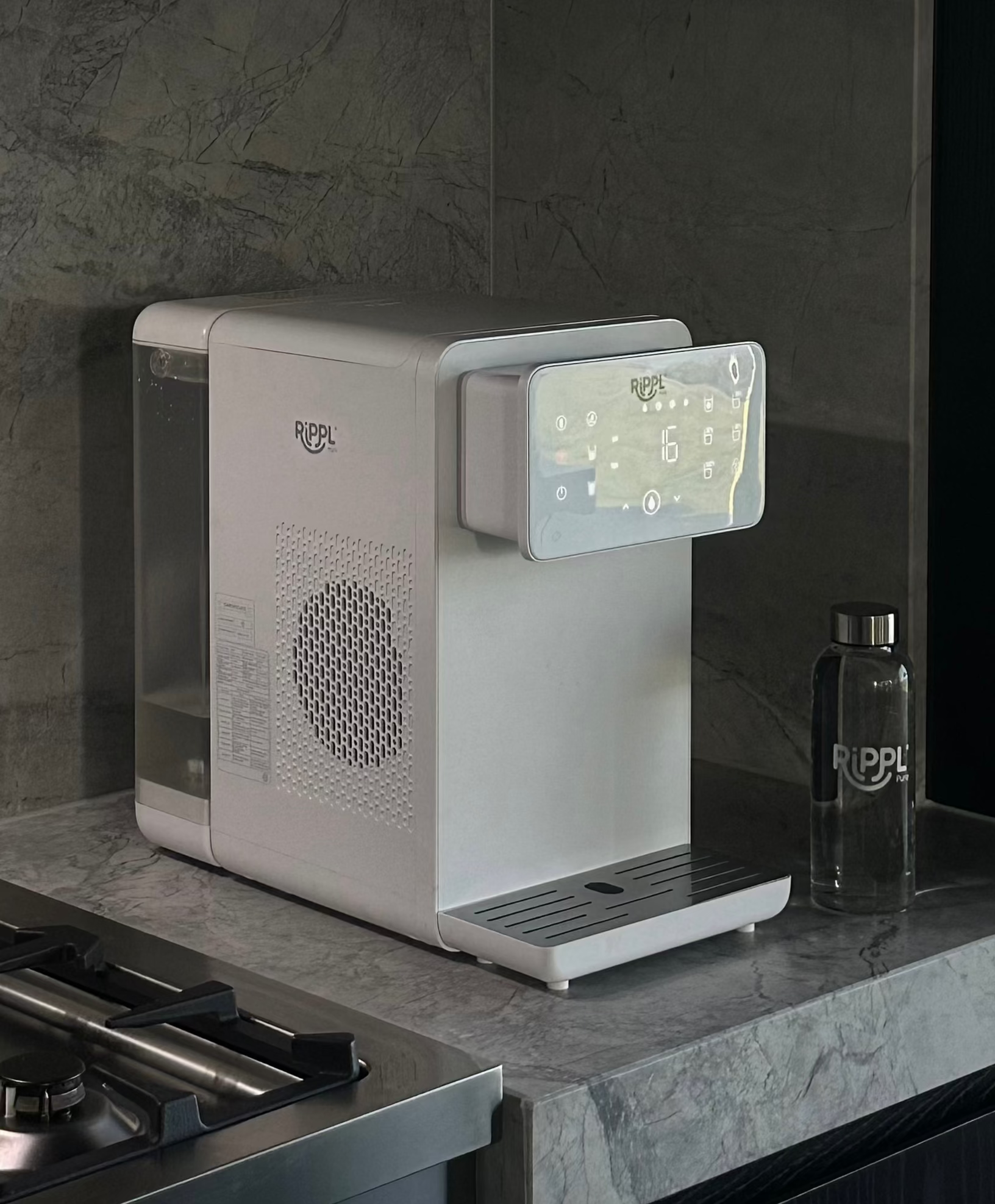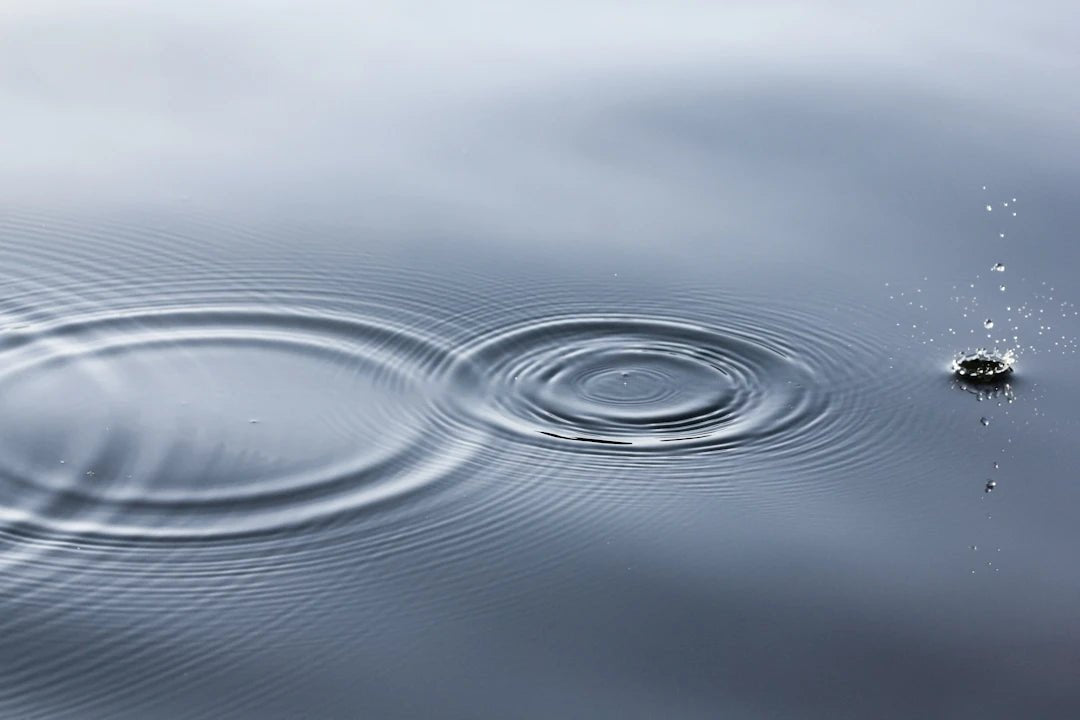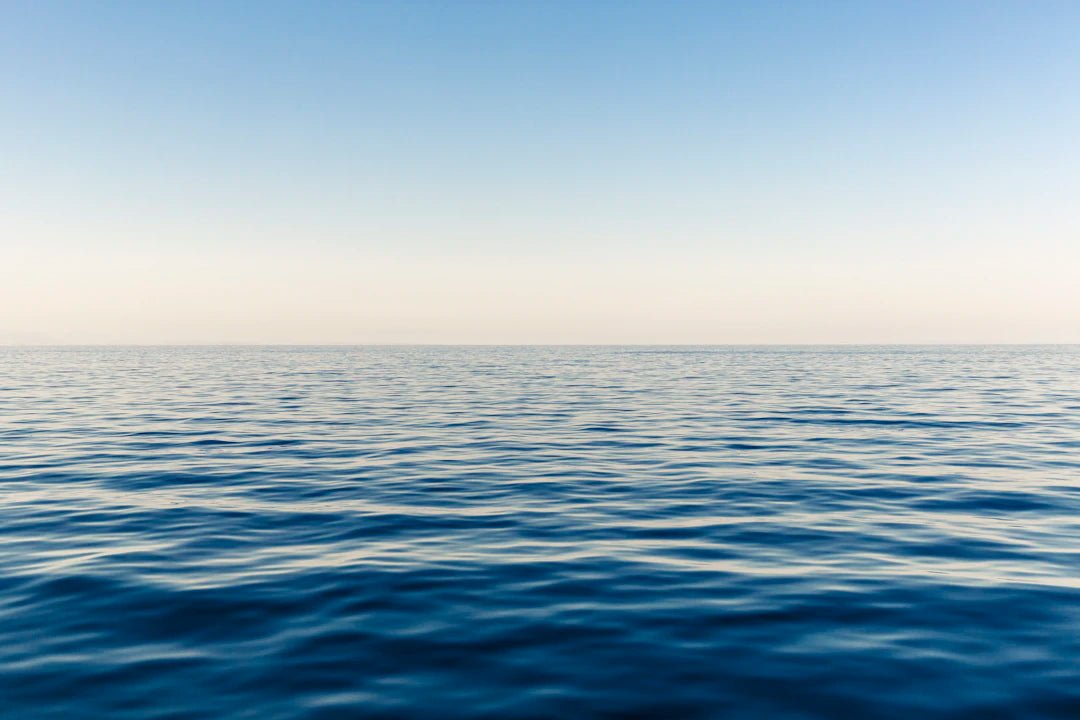Ultimate Guide to Maintaining Your Reverse Osmosis System
Frequently Asked Questions
1. What is a reverse osmosis (RO) system?
2. How often should I change the filters in my RO system?
3. What are some signs that my RO system needs maintenance?
4. How can I maintain my reverse osmosis system effectively?
5. Why should I use reusable glass drink bottles?
If you live in Australia and care about the quality of your drinking water, you might already have a reverse osmosis (RO) system in your home. But owning a water filtration system is just the beginning. To ensure that your RO system consistently delivers clean, pure water, you'll need to maintain it properly. In this comprehensive guide, we’ll share valuable tips and tricks for maintaining your reverse osmosis system effectively. We'll also discuss how incorporating reusable glass drink bottles can complement your sustainable water usage efforts.
Understanding Reverse Osmosis Systems
Before we dive into maintenance tips, it’s important to understand how a reverse osmosis system works. Essentially, it is a type of water filter that removes impurities from water by pushing it through a semipermeable membrane. This process significantly enhances the quality of your drinking water, making it safer and healthier.
Reverse osmosis systems typically consist of multiple stages, including:
- Pre-filters: These filters remove larger particles and chlorine, which can damage the RO membrane.
- The RO Membrane: This is the heart of the system, removing dissolved solids and contaminants.
- Post-filters: These ensure that the water tastes great by enhancing its flavor and quality before it reaches your glass.
Regular Maintenance Checklist
Maintaining your reverse osmosis system isn't complicated, but it does require some regular attention. Below is a checklist to help you keep your water purification system in top shape:
1. Change the Filters Regularly
Most RO systems come with a recommended schedule for replacing filters. Typically, you'll want to replace:
- Pre-filters every 6 to 12 months
- RO membranes every 2 to 5 years
- Post-filters annually
By adhering to this schedule, you ensure that your water remains clean and safe for consumption.
2. Check for Leaks
A crucial part of your maintenance routine is checking for leaks. Inspect the connections, fittings, and the entire unit for any signs of wear or water damage. Addressing leaks promptly prevents further damage to your system and keeps your kitchen dry and safe.
3. Clean the Storage Tank
Your RO system includes a storage tank where purified water is held. It’s essential to clean this tank periodically to prevent bacteria buildup. Depending on your usage, aim to clean the tank every 6 months.
4. Monitor Water Pressure
Proper water pressure is vital for your reverse osmosis system to function effectively. If you notice a decrease in water flow or taste, check the water pressure. Adjust it if necessary, or consult with a professional if you’re unsure how to proceed.
5. Flush the System
Flushing your RO system periodically is essential to remove any accumulated contaminants. Flushing is usually suggested every 6 months or as per the manufacturer's recommendations. This step ensures that your water filter continues to work at optimum efficiency.
Signs Your RO System Needs Attention
Being attentive to changes in your water quality and the performance of your reverse osmosis system can help you identify when maintenance is needed. Here are several signs to watch for:
- Unpleasant Taste or Odor: If your water starts to taste or smell off, it may indicate that your filters need changing.
- Low Water Pressure: A significant drop in water pressure can indicate a clogged filter or malfunctioning system.
- Discoloration: Any discoloration in your water indicates the need for immediate attention.
- Frequent Membrane Replacement: If you find yourself replacing the RO membrane more frequently than expected, it may signal an underlying issue.
Enhancing Your Hydration Routine with Reusable Glass Drink Bottles
As you maintain your reverse osmosis system, consider how you consume and store your water. Investing in reusable glass drink bottles not only aligns with eco-friendly practices but also ensures that your purified water tastes great, without leaching any harmful chemicals. Australia is embracing sustainability in various spheres, making it easy for you to comply with these practices.
Glass drink bottles help retain the purity of your RO water, eliminating the metallic or plastic taste often associated with other containers. Whether at home or on the go, these bottles keep your hydration levels in check without compromising safety.
Additional Considerations for Optimal Performance
1. Use Quality Water Sources
While reverse osmosis systems can enhance water quality, the starting liquid matters. Connect your RO system to a reliable water source to avoid additional contaminants being introduced into your system. This practice ensures that your water filtration system works under optimum conditions.
2. Be Mindful of Water Temperature
Extreme temperatures can adversely affect your RO system. Ideally, the water temperature should be between 4°C and 35°C for optimal performance. Avoid allowing the water to freeze or experience extreme heat to prevent damage to the RO membrane or other parts.
3. Consider Water Quality Testing
Periodic water quality tests can help you understand the effectiveness of your reverse osmosis system. In Australia, various services can assist you in testing your home water quality, allowing you to make informed decisions about maintenance. Knowing your water quality helps you address any potential issues early, ensuring that you always drink safe and quality water.
Getting Professional Help
While many maintenance tasks are straightforward, there may be times when seeking professional assistance is wise. For complex repairs, a qualified technician can ensure your reverse osmosis system operates at its best. Look for a trusted local service that specializes in water filtration systems for advice and troubleshooting.
Be Water-Wise: Your Call to Action
As Australians, we take pride in maintaining a healthy lifestyle and protecting our environment. With the right care for your reverse osmosis system, you can enjoy fresh, clean water while reducing your plastic waste with reusable glass drink bottles. Stay attentive to your water quality, and embrace responsible hydration practices with Rippl Pure products. Remember, the better you care for your water filtration system, the better your drinking experience will be!
Discover the creativity of other Shopify or Wix store owners by visiting their stores. Follow this link to their online store. Please remember that this is a promotional link, and we assume no liability for the content of the linked store.





